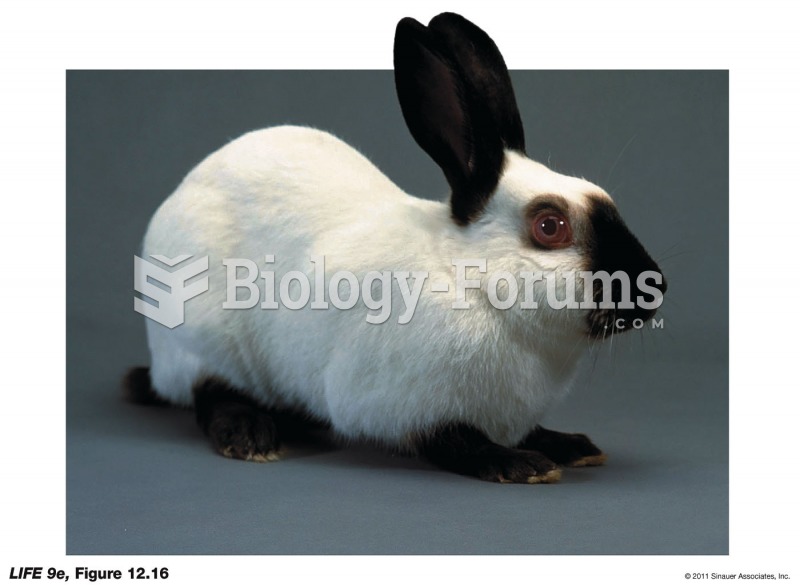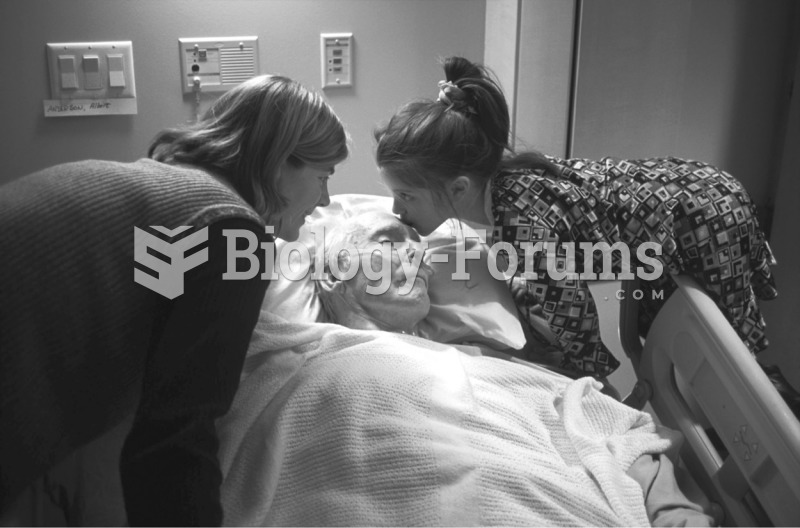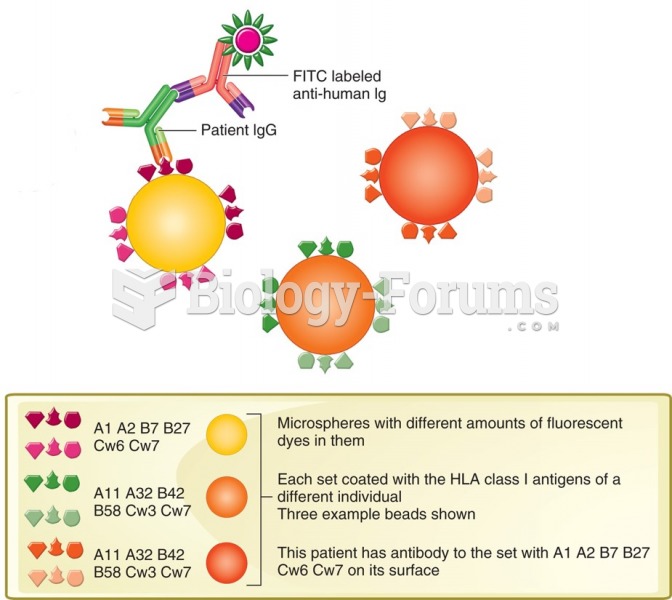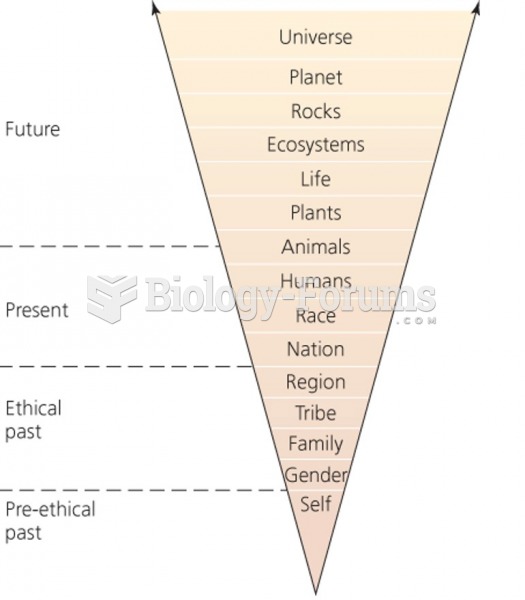Answer to Question 1
D
To identify the client correctly, the nurse checks the medication administration record against the client's identification bracelet and asks the client to state his or her name to ensure that the cli-ent's identification bracelet has the correct information.
The nurse may ask the client his or her name if the identification bracelet is missing or illegible, and obtain a new identification bracelet for the client. The nurse should ask the client to state his or her full name. The nurse should not merely say the client's name and assume that the client's response indicates that he or she is the right person.
Checking the name on the chart does not identify the right client.
Asking other caregivers is not the most effective way to determine a client's identity before ad-ministering medications. The nurse should develop the habit of checking the client's name band.
Answer to Question 2
D
Feedback
A Although coursework on death and dying may add to the nurse's knowledge base, it does not best prepare the nurse for caring for a dying patient. The nurse needs to have an awareness of his or her own feelings about death first, as death can raise many emotions.
B Being able to control one's own emotions is important; however, it is unlikely that the nurse would be able to do so if he or she has not first developed a personal understanding of his or her own feelings about death.
C Experiencing the death of a loved one is not a prerequisite to caring for a dying patient. Experiencing death may help an individual mature in dealing with loss, or it may bring up many negative emotions if complicated grief is present. The nurse is best prepared by first developing an understanding of his or her own feelings about death.
D When caring for patients experiencing grief, it is important for the nurse to assess his or her own emotional well-being and to understand his or her own feelings about death. The nurse who is aware of his or her own feelings will be less likely to place personal situations and values before those of the patient.







